Temperature sensors detect bad corn
segunda-feira, dezembro 26, 2022
Monitoring temperature, moisture content and carbon dioxide (CO2) levels in stored grains is essential to maintain quality. Ambient air aesthetion is the most common method used to control grain temperature, moisture content and CO2 levels. Still, the complexities of stored grain ecosystems make optimal monitoring and management challenging, especially as storage deposits (silos) increase in size.
Temperature and relative humidity sensors installed on cables and placed in the mass of stored grains are routinely used to track the temperature and moisture content of the grain mass. Carbon dioxide sensors can be placed in the plenum and headspace below and above the stored grain mass, respectively, to track the onset of deterioration due to the biological activity of fungi and insects.
The number and location of sensors and the interpretation of sensor readings are essential to efficiently monitor conditions in a stored grain mass and manage optimal aesther windows based on real-time weather data. The third article in this series focuses on the effectiveness of temperature cables to detect increasing temperatures in grain mass due to biological activity that results in self-heating and deterioration.
Self-heating of the grain is usually caused by fungi. Mold spores are transported in the grains of the fields, but are usually inactive when the relative humidity is below 65% to 70%. They become highly active when relative humidity is above 80%. In grain silos, the relative humidity of the interstitial air within the grain mass is determined by the moisture content and temperature of the grain and by the type of grain stored.
Source: Agrolink










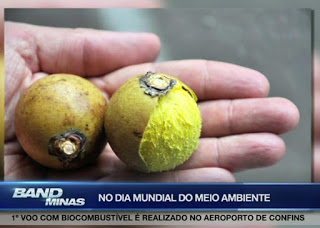
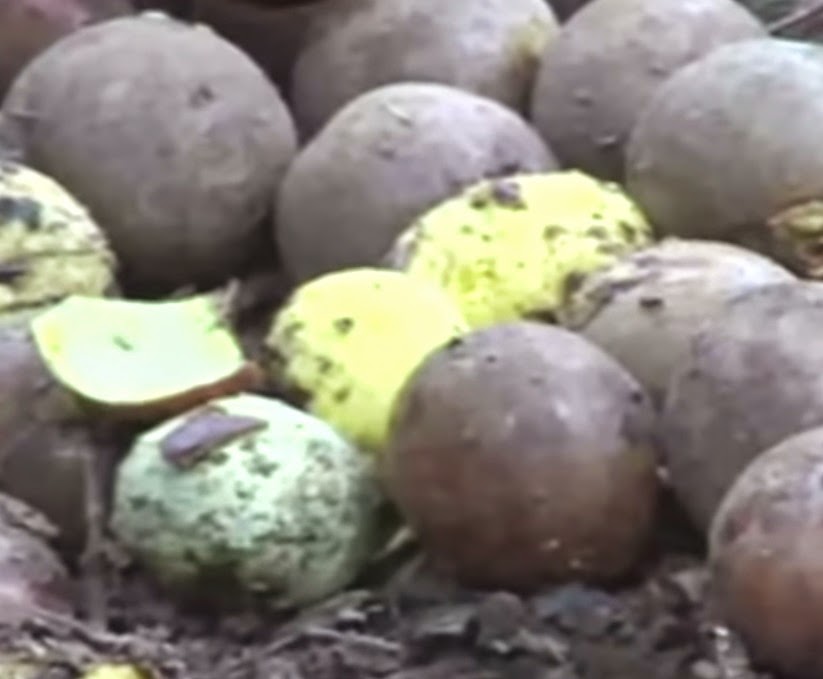
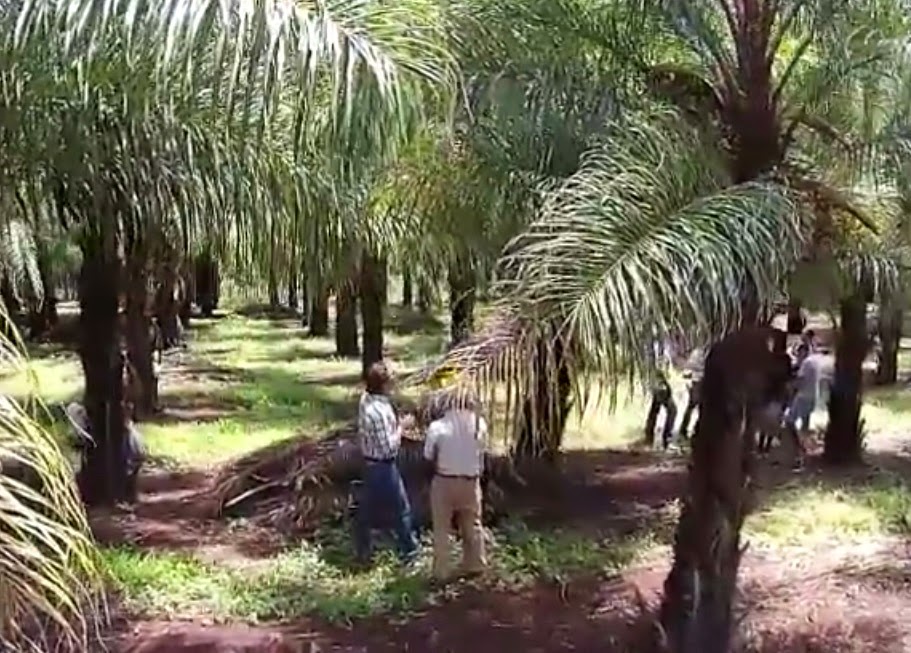

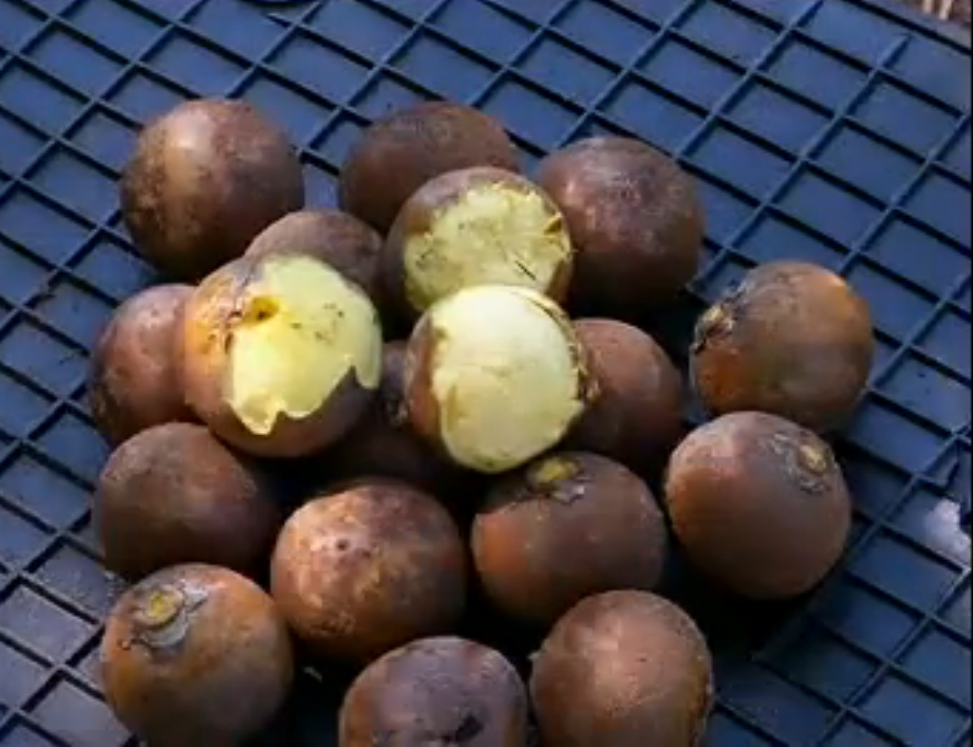
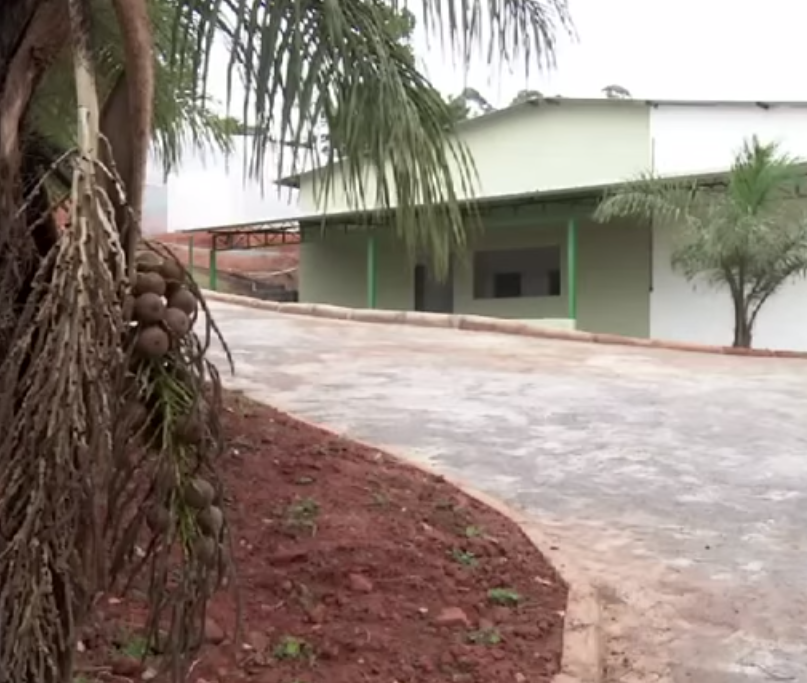
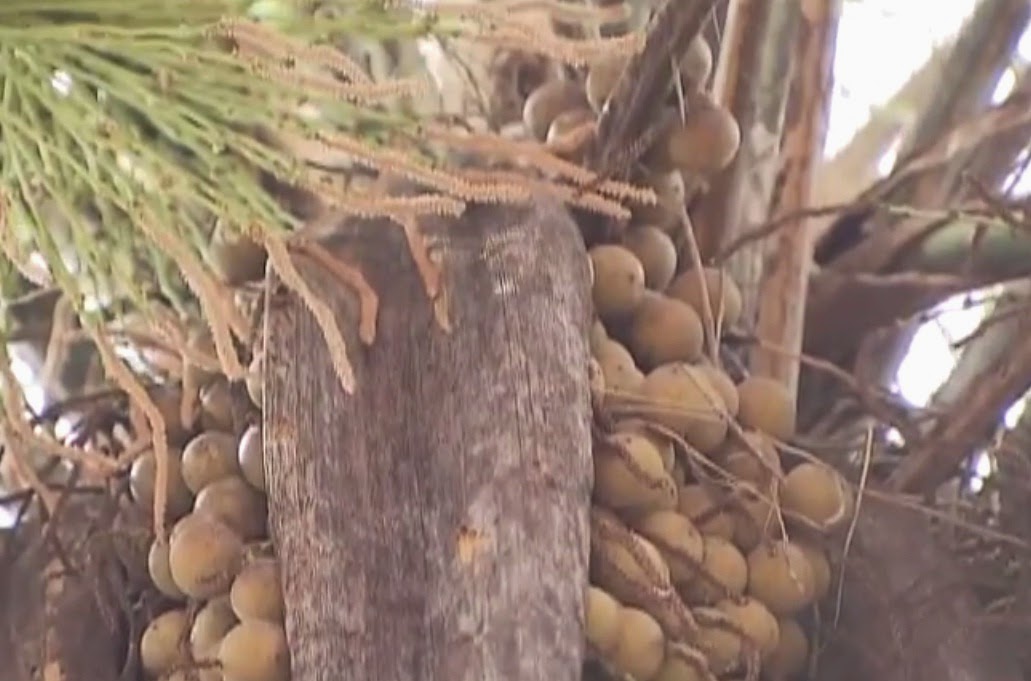
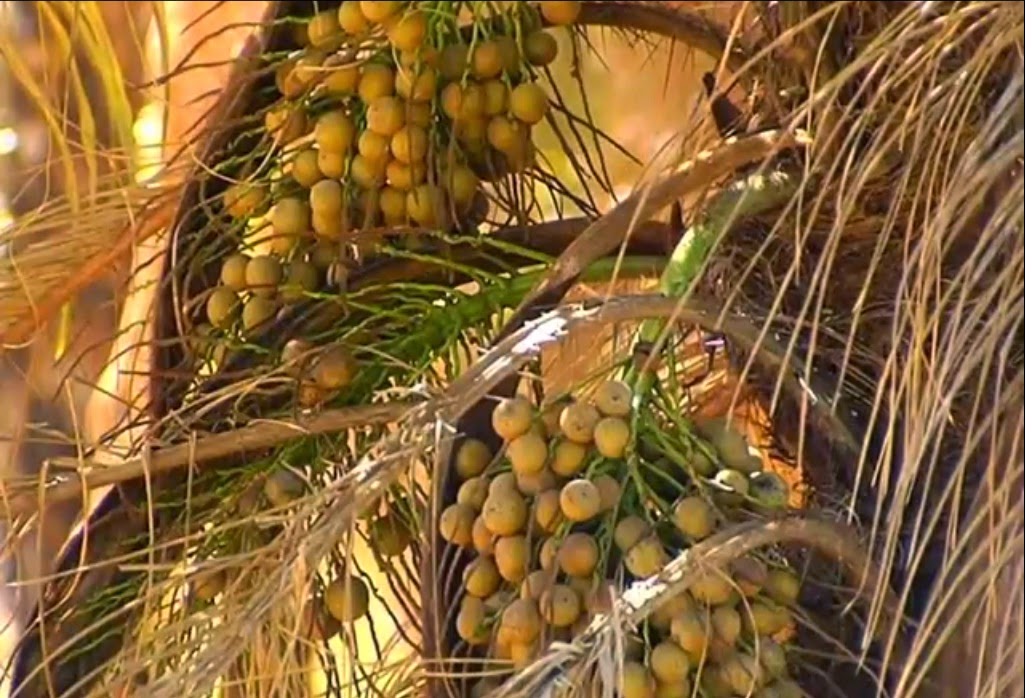


0 comentários
Agradecemos seu comentário! Volte sempre :)